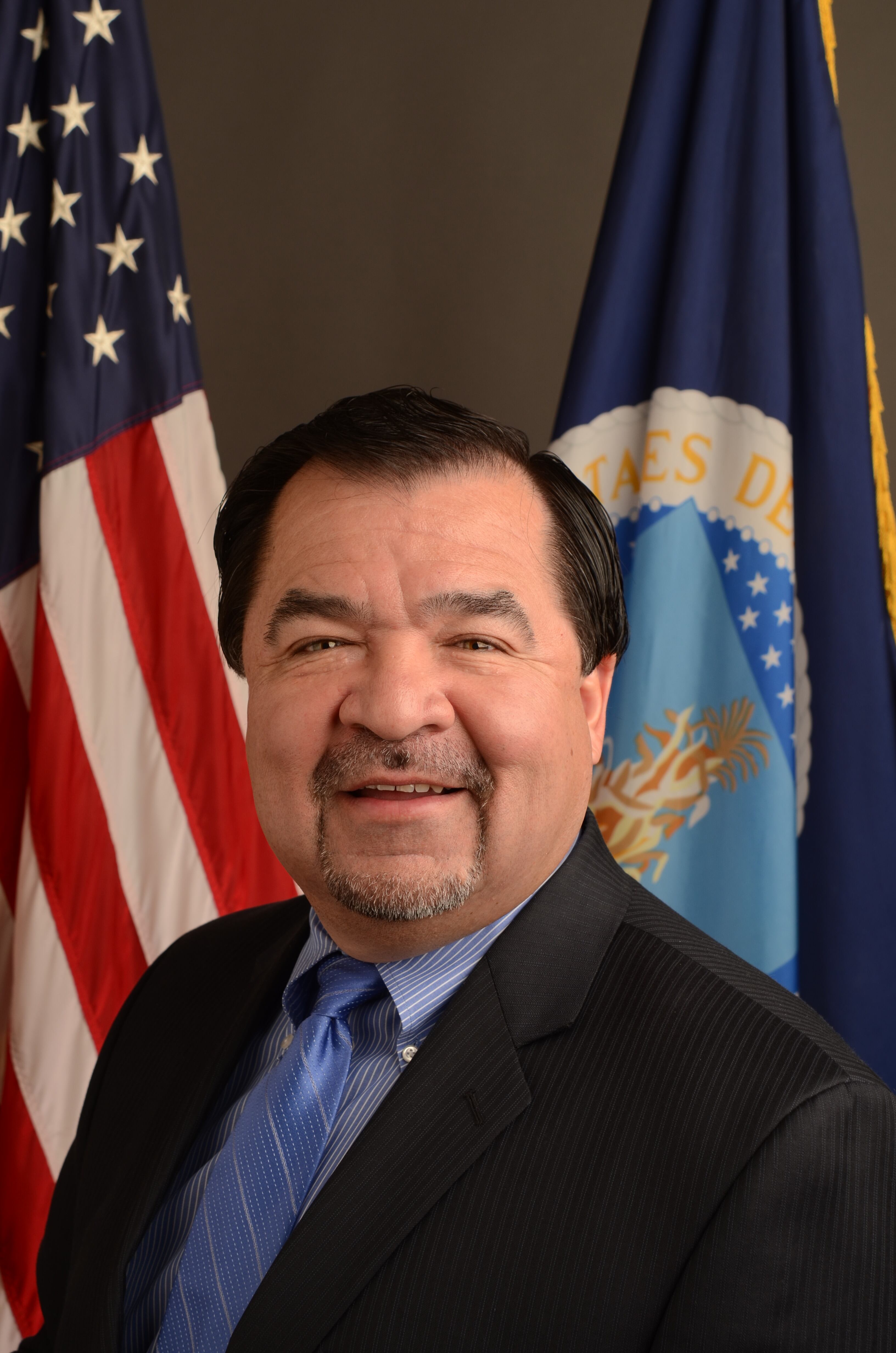Simply perusing the highlights of what Almanza and his agency took on in 2014 could make one weary.
Major recalls included Rancho Feeding Corporation’s February recall of nearly 9m lbs of meat from “diseased and unsound animals… processed in February without the benefit or full benefit of federal inspection.” In July, Foster Farms issued its first recall (in July) of chicken products that for several months had been linked to a multistate outbreak of Salmonella Heidelberg.
In February, California’s Rancho Feeding Corporation, recalled nearly 9m lbs of meat “because it processed diseased and unsound animals and carried out these activities without the benefit or full benefit of federal inspection.” One month later, after a thorough investigation, FSIS issued a lengthy explanation of the recall for both the public and the meat industry.
On July 22, FSIS published a proposed rule about the records that should be kept by official establishments and retail stores that grind raw beef products. And, on July 31, the agency announced its intention to modernize the inspection system for poultry products, with additional food safety requirements for processors.
September saw the agency issuing its final rule entitled, “Electronic Import Inspection Application and Certification of Imported Products and Foreign Establishments; Amendments to Facilitate the Public Health Information System (PHIS) and Other Changes to Import Inspection Regulations.” That same month, Almanza was appointed Deputy Under Secretary of Agriculture for Food Safety — while retaining the title and responsibilities of FSIS administrator.
What stands out
Reviewing the agency’s 2014 accomplishments, Almanza said it is hard to say what the greatest achievement was.
“As a regulator, any time you can achieve inroads into providing a higher level of safety, that’s a success,” he said. “Our data showed a significant decrease in the rates of E. coli and Salmonella in the marketplace.”

“Our biggest accomplishment was probably the finalization of the poultry slaughter modernization rule,” Almanza added. “That was very strategic for us and for the poultry industry.”
“When it takes effect this year, the poultry slaughter rule will allow us to implement new performance standards for chicken parts and comminuted poultry.”
Although modernizing the poultry slaughter and inspection system was FSIS’s major achievement in 2014, it was also the agency’s toughest issue. “It was a huge challenge to get that finalized,” Almanza said.
He acknowledged that many in industry thought the plan went too far, while some consumer groups “thought we weren’t going far enough,” Almanza said. “In fact, this is the first rule in which we have ever mandated testing through the HACCP (Hazard Analysis of Critical Control Points) system.”
“Ultimately, the Secretary (Agriculture Secretary Tom Vilsack) said it best: This is how government is supposed to work.”
Law enforcement metaphor
As FSIS moves forward with the implementation of the new inspection procedures, Almanza said, he believes the agency, the industry and the public will move closer to the foodborne illness reduction goals set forth in the US government’s Healthy People 2020 initiative.
Despite recent successes in achieving lower incidence rates of bacteria in poultry, under Healthy People 2020, "we're still expected to reduce Salmonella rates by an additional 25%," he noted.
The poultry inspection modernization plan will help the agency and the industry move in that direction. "In plants that will opt in to this program, we'll have two to three times more inspection personnel performing offline tasks rather than standing on the (processing) line looking at birds," Almanza said.
He compared FSIS inspectors to police officers assigned to a particular part of a city. "If the officers just stand on one street corner, they'll only see what moves past them and they'll miss a lot of what's going on. However, if the officers walk around the neighborhood, they'll see a lot more of what's really going on."
"For every facility that converts to this system, we'll have one 'detective' for every 'officer' who's on the line," Almanza said. "Today, we don't have that."
With the existing system, FSIS inspectors devote most of their attention to examining birds as they go by on the line. But Salmonella and Campylobacter cannot be seen with the naked eye, so inspectors look for obvious abnormalities or fecal contamination.
The new system will allow inspectors to watch all the processes in a plant, which will help them identify points where a facility may need to change a process or improve its HACCP plan, Almanza said.
Note: Part 2 of this interview will be published tomorrow (January 14).
